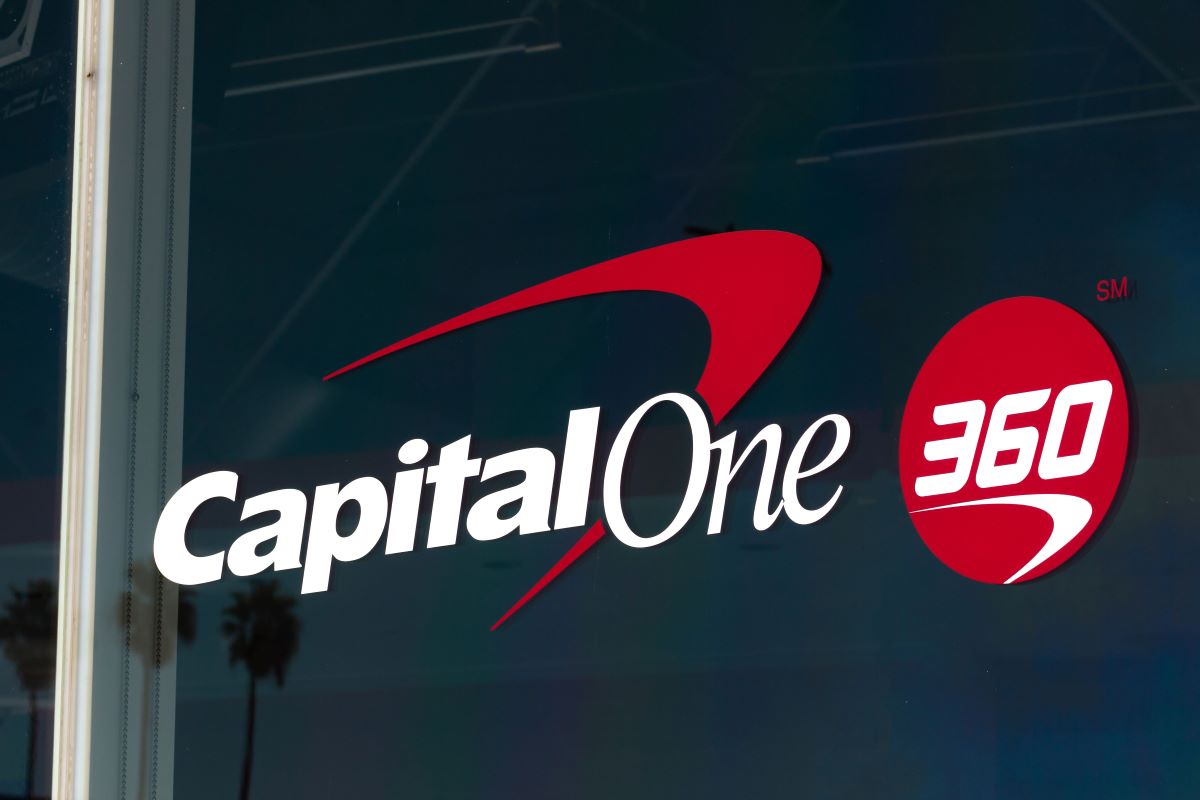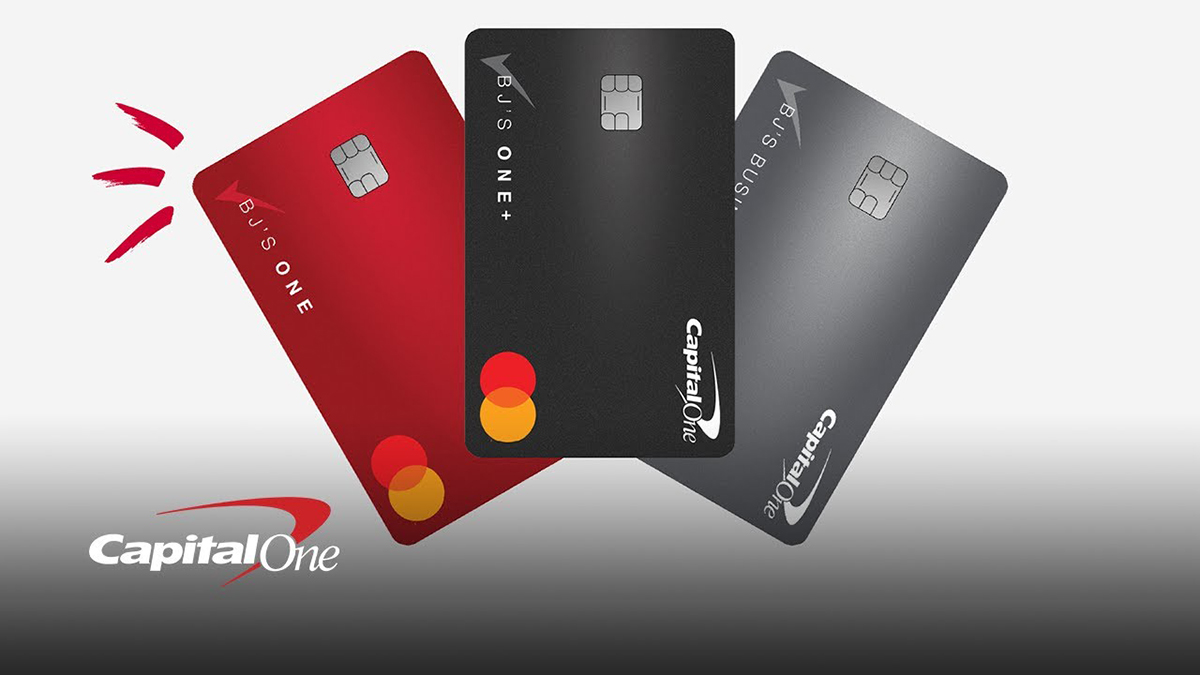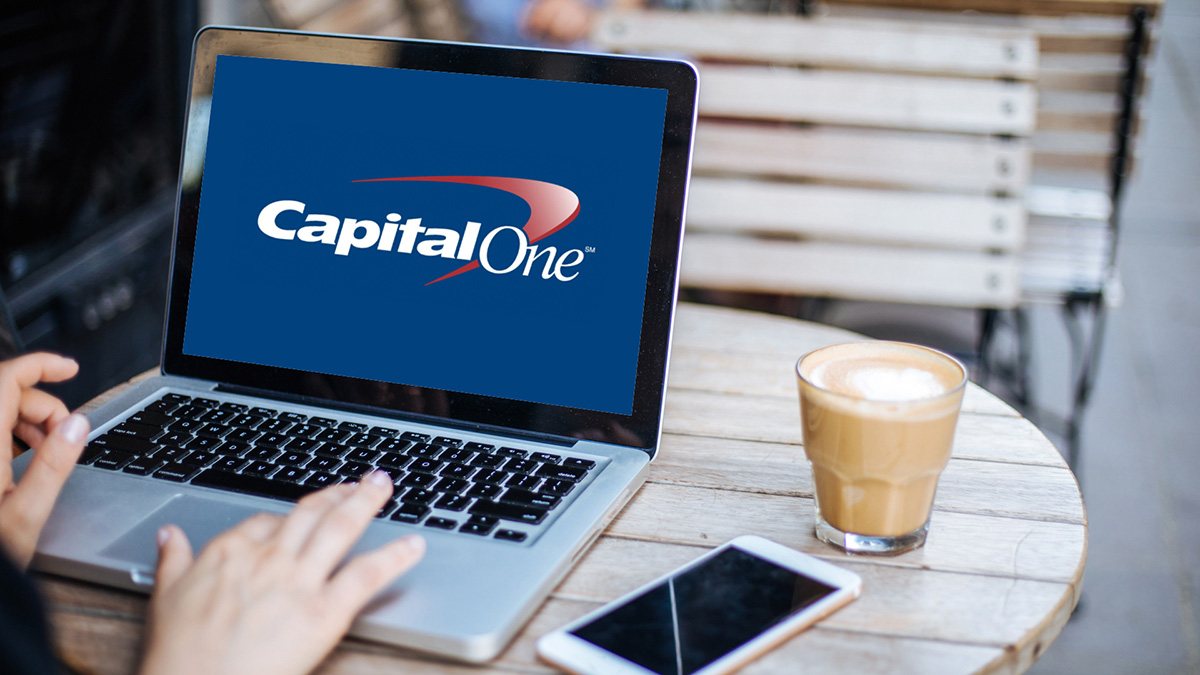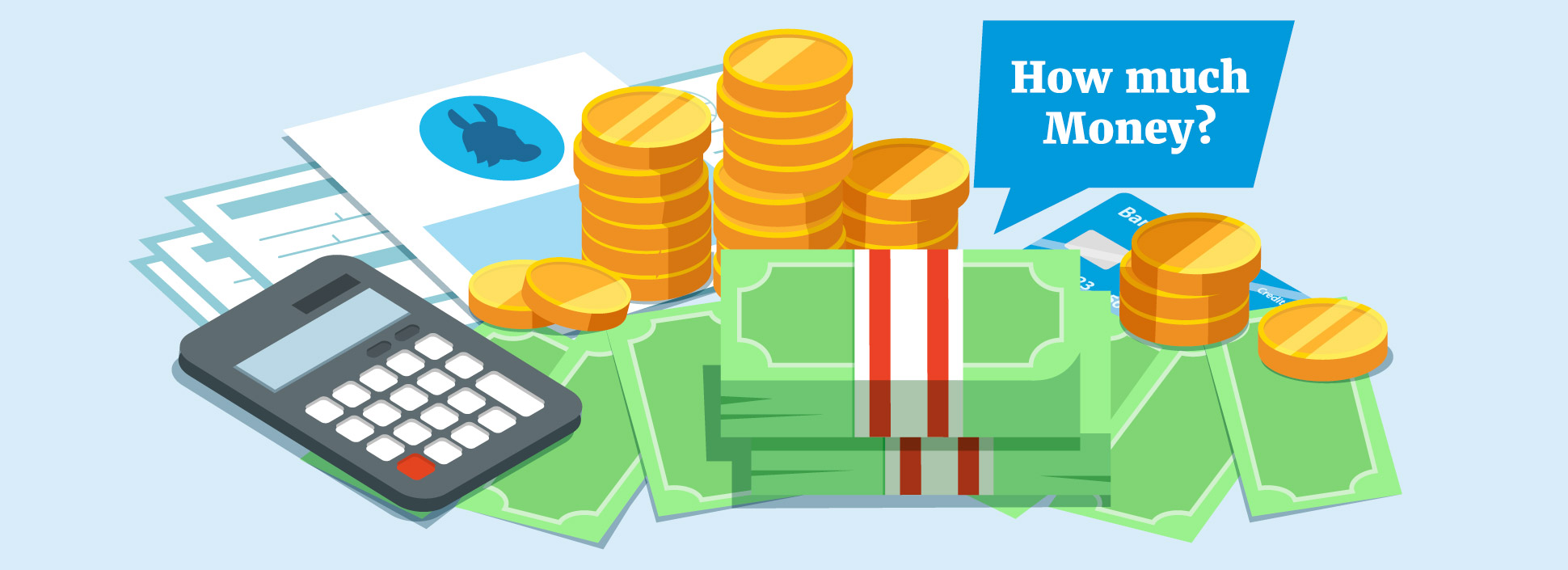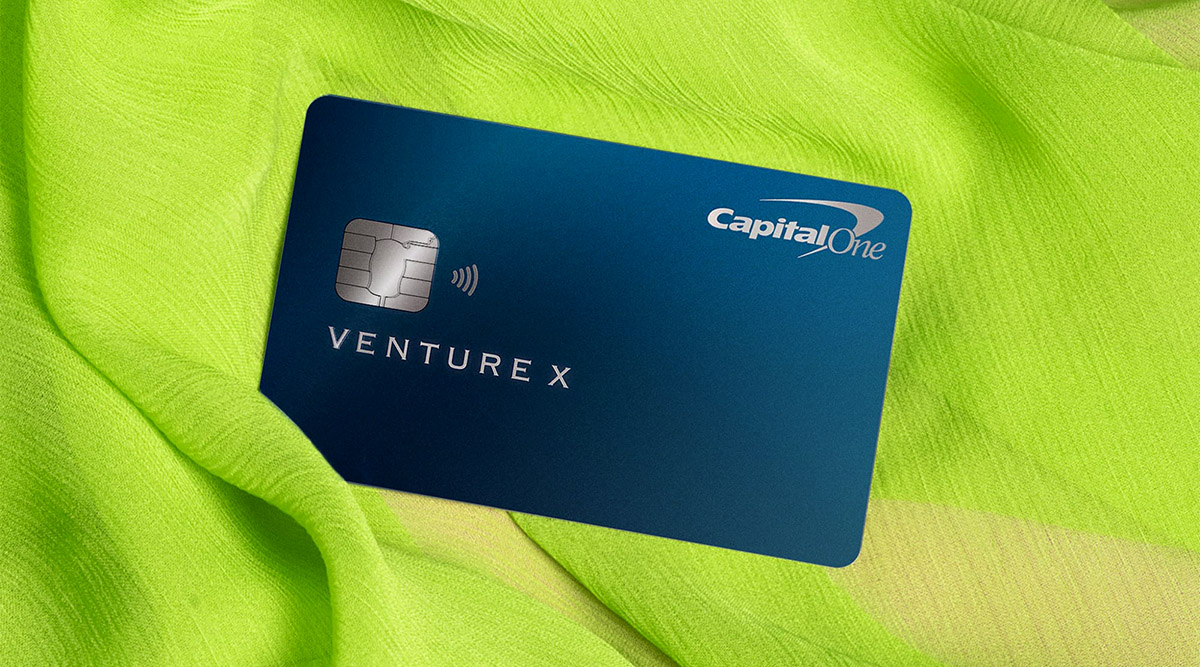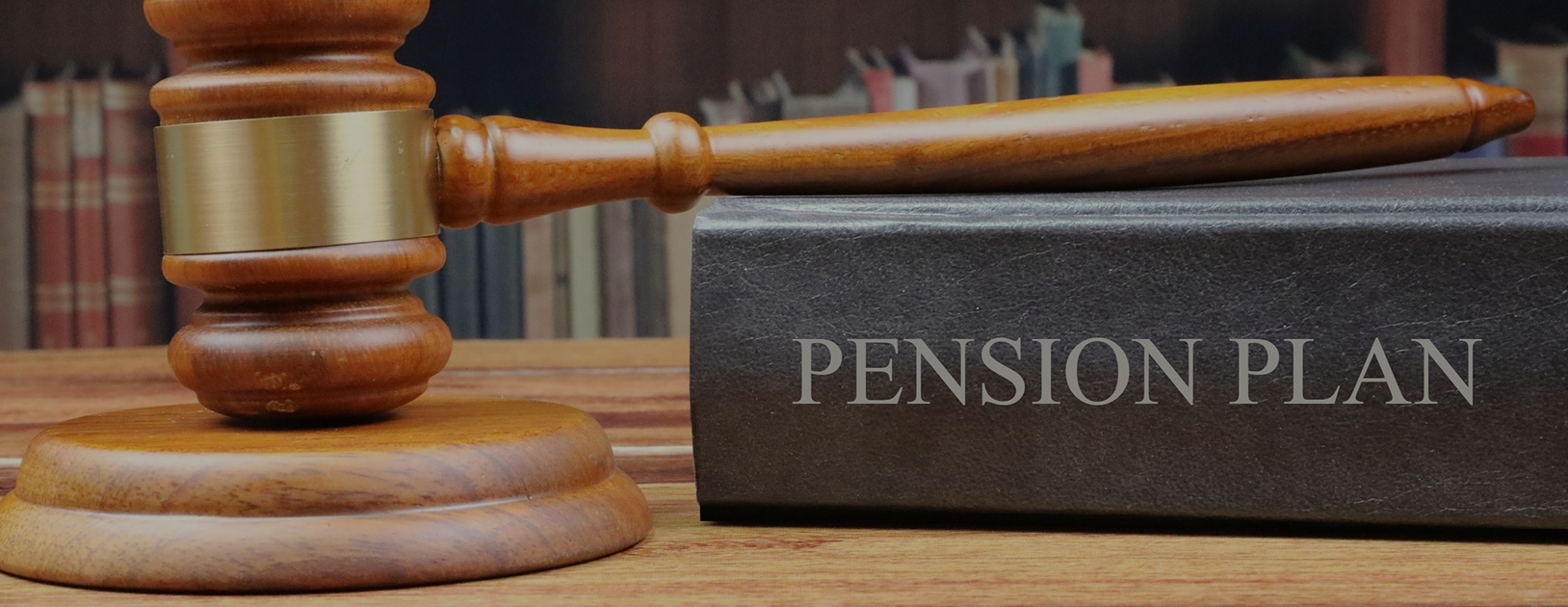Home>Finance>How To Deposit Cash Into My Capital One Checking Account


Finance
How To Deposit Cash Into My Capital One Checking Account
Published: October 28, 2023
Learn how to easily deposit cash into your Capital One checking account. Simplify your financial transactions with this step-by-step guide.
(Many of the links in this article redirect to a specific reviewed product. Your purchase of these products through affiliate links helps to generate commission for LiveWell, at no extra cost. Learn more)
Table of Contents
- Introduction
- Requirements for Depositing Cash Into a Capital One Checking Account
- Step 1: Locate a Capital One Branch or ATM
- Step 2: Prepare the Cash for Deposit
- Step 3: Visit the Capital One Branch or ATM
- Step 4: Insert or Hand Over the Cash
- Step 5: Verify the Deposit
- Step 6: Collect Receipt and Review Transaction
- Tips for Depositing Cash into a Capital One Checking Account
- Conclusion
Introduction
Depositing cash into your Capital One checking account is a straightforward process that allows you to quickly and conveniently add funds to your account. Whether you prefer visiting a branch in person or using an ATM, Capital One provides multiple options for cash deposits.
Having cash on hand can be useful for various reasons, such as making immediate purchases or covering expenses. By depositing cash into your Capital One checking account, you can ensure that your funds are safely stored and easily accessible.
In this article, we will guide you through the process of depositing cash into your Capital One checking account. We will outline the requirements, provide step-by-step instructions, and share some helpful tips to make the deposit process as smooth as possible.
Before we dive into the details, it’s important to note that Capital One operates primarily in the United States, so the instructions provided here apply to customers within this region. If you are located outside the United States or if you have any specific queries, we recommend contacting Capital One directly for guidance tailored to your situation.
Now, let’s explore the requirements and steps involved in depositing cash into a Capital One checking account.
Requirements for Depositing Cash Into a Capital One Checking Account
Before you begin the process of depositing cash into your Capital One checking account, there are a few requirements to keep in mind. These requirements ensure a smooth and secure transaction:
- Active Capital One checking account: You must have an active checking account with Capital One in order to deposit cash. If you don’t have an account, you can easily open one online or by visiting a branch.
- Valid identification: When making a cash deposit, you will need to provide a valid form of identification. This can include a driver’s license, passport, or any government-issued ID.
- Accurate account details: Ensure that you have the correct account information, including your account number and any necessary routing numbers. This information is crucial for correctly crediting the deposit to your account.
- Appropriate amount of cash: Capital One may have certain limits on the amount of cash you can deposit in a single transaction or within a specific time period. It’s important to be aware of these limits to avoid any complications during the deposit process.
By meeting these requirements, you will be well-prepared to deposit cash into your Capital One checking account. Now that we’ve covered the necessary prerequisites, let’s move on to the step-by-step process of depositing cash.
Step 1: Locate a Capital One Branch or ATM
The first step to depositing cash into your Capital One checking account is to locate a Capital One branch or ATM in your area. Capital One operates branches and ATMs in various locations, making it convenient for customers to access their services.
To find the nearest Capital One branch or ATM, you can use the following methods:
- Capital One website: Visit the official Capital One website and use their branch or ATM locator tool. Simply enter your location or address, and the tool will display the nearest branch or ATM to you.
- Mobile banking app: If you have the Capital One mobile banking app installed on your smartphone, you can use its built-in locator feature to find the nearest branch or ATM. This is a convenient option for those who prefer banking on-the-go.
- Customer service: Alternatively, you can reach out to Capital One’s customer service through phone or live chat to inquire about the nearest branch or ATM in your area. They will be able to provide you with precise information and answer any queries you may have.
Once you have identified a nearby Capital One branch or ATM, it’s time to move on to the next step: preparing the cash for deposit.
Step 2: Prepare the Cash for Deposit
After locating a Capital One branch or ATM, it’s important to properly prepare the cash for deposit. Following these steps will help ensure a seamless deposit process:
- Organize and count the cash: Before heading to the branch or ATM, take a moment to organize and count the cash you wish to deposit. Make sure the bills are in good condition and properly sorted to avoid any issues during the deposit process.
- Separate denominations: If you have multiple denominations of cash, it can be helpful to separate them. This will make it easier for you to request specific amounts during the deposit process, if necessary.
- Bundle larger amounts: If you are depositing a significant sum of cash, consider bundling it securely with a rubber band or paperclip. This will help keep the cash together and prevent it from becoming disorganized during the deposit.
- Keep coins separate: While Capital One generally accepts coin deposits, it’s important to separate them from your cash. Some ATMs may have limitations or additional requirements for coins, so it’s best to consult the specific ATM guidelines or visit a branch for coin deposits.
- Ensure the cash is clean and intact: Capital One may not accept cash that is damaged, torn, or excessively dirty. Ensure that all bills are in good condition and free from any damage that may hinder the deposit process.
By properly preparing the cash for deposit, you can minimize any potential issues and make the deposit process smoother. Now that you have your cash ready, let’s move on to the next step: visiting the Capital One branch or ATM.
Step 3: Visit the Capital One Branch or ATM
Now that you have prepared the cash for deposit, it’s time to visit the Capital One branch or ATM. Depending on your preference and availability, you can choose the most convenient option for you.
If you decide to visit a Capital One branch, follow these steps:
- Bring your identification: Make sure to bring a valid form of identification, such as a driver’s license or passport. This will be required to complete the cash deposit.
- Queue in line: If there is a queue, patiently wait for your turn. Capital One branch staff will assist you in the deposit process.
- Inform the teller: Once it’s your turn, inform the teller that you would like to deposit cash into your Capital One checking account. Provide any necessary information they may request, such as your account number.
- Hand over the cash: Carefully hand over the prepared cash to the teller. They will count and verify the amount to ensure accuracy.
- Provide identification: To complete the transaction, present your identification to the teller for verification purposes.
- Wait for confirmation: The teller will process the deposit and provide you with a receipt as confirmation. Review the receipt to ensure that the deposit amount is correct.
- Thank the teller and collect your belongings: Express your gratitude to the teller for their assistance. Gather your identification, any change or additional documents, and exit the branch.
If you prefer to use an ATM for your cash deposit, the process will be slightly different:
- Insert your debit card: Insert your Capital One debit card into the ATM machine.
- Enter your PIN: Input your personal identification number (PIN) to access your account.
- Select “Deposit”: On the ATM screen, select the “Deposit” option.
- Follow the prompts: The ATM will guide you through the deposit process, prompting you to insert the cash into the designated slot.
- Confirm the deposit: Once you have deposited the cash, confirm the transaction on the ATM screen.
- Collect your receipt: The ATM will dispense a receipt as confirmation of your deposit. Review the receipt to ensure the accuracy of the deposit amount.
- Collect your card and exit the ATM: Retrieve your Capital One debit card, any additional documents, and exit the ATM area.
By following these steps, you can successfully deposit cash into your Capital One checking account. After completing the deposit, it’s important to verify the transaction, which will be covered in the next step.
Step 4: Insert or Hand Over the Cash
In this step, you will either insert the cash into the ATM or hand it over to the teller at the Capital One branch for deposit.
If you have chosen to deposit cash at an ATM, follow these steps:
- Insert cash: Follow the prompts on the ATM screen to indicate that you want to make a cash deposit. Then, insert the prepared cash into the designated slot. Some ATMs may require you to place cash into an envelope provided by the machine.
- Verify the amount: Carefully review the amount shown on the ATM screen to ensure it matches the total amount of cash you have inserted. This step is crucial to avoid any discrepancies.
- Confirm the deposit: Once you have verified the amount, confirm the deposit on the ATM screen. The ATM will process the deposit and update your account balance accordingly.
- Collect your receipt: The ATM will dispense a receipt as proof of the deposit. Make sure to keep this receipt for your records and review the details to ensure accuracy.
- Retrieve your card and exit: After completing the deposit, retrieve your Capital One debit card from the ATM and any other belongings you may have. Exit the ATM area and proceed with your day.
If you have chosen to deposit cash at a Capital One branch, follow these steps:
- Hand over the cash: Hand the prepared cash to the teller at the branch. The teller will count and verify the amount to ensure accuracy.
- Confirm the amount: Pay close attention as the teller confirms the amount of cash you have handed over. Double-check that the amount matches the total you prepared for deposit.
- Provide additional information if required: The teller may ask for your account number or any other relevant details. Provide the necessary information to facilitate the deposit process.
- Wait for the transaction to be completed: The teller will process the deposit and update your account accordingly. Be patient as they finalize the transaction.
- Collect the receipt: Once the deposit is complete, the teller will provide you with a receipt as proof of the transaction. Take a moment to review the details on the receipt and ensure it accurately reflects the deposited amount.
- Thank the teller and exit: Thank the teller for their assistance and professionalism. Gather your identification, any additional belongings, and exit the branch, knowing that your cash deposit has been successfully made.
By either inserting the cash into the ATM or handing it over to the teller, you have now completed the deposit process. The next step is to verify the deposit, which will be explained in the following section.
Step 5: Verify the Deposit
After making the cash deposit at either the Capital One branch or ATM, it is important to verify the deposit to ensure its accuracy. This step ensures that the correct amount has been credited to your Capital One checking account.
To verify the deposit, follow these steps:
- Review your account balance: Access your Capital One checking account through online banking, a mobile app, or by calling their customer service. Check the balance to ensure that it reflects the amount you have deposited.
- Review the transaction details: Locate the transaction related to your cash deposit in your transaction history. Review the details, including the date, time, and amount, to ensure they match your expectations.
- Compare with your deposit receipt: Refer to the receipt you received at the branch or ATM. Compare the deposit amount listed on the receipt with the amount that has been posted to your account. They should match exactly.
- Contact Capital One if needed: If you notice any discrepancies or have questions about the deposit, don’t hesitate to contact Capital One’s customer service. They will be able to assist you and resolve any concerns.
Verification is an essential step to confirm that your cash deposit has been accurately recorded. It offers peace of mind and ensures that your account balance reflects the deposited amount. In the next step, we will discuss the importance of collecting the deposit receipt and reviewing the transaction details.
Step 6: Collect Receipt and Review Transaction
After completing the cash deposit process, it is crucial to collect the deposit receipt and carefully review the transaction details. This step ensures that the deposit has been accurately recorded and provides you with important documentation for reference.
Follow these steps to collect the receipt and review the transaction:
- Collect the deposit receipt: Whether you made the cash deposit at a Capital One branch or ATM, make sure to collect the receipt provided to you. Do not leave it behind or discard it, as it serves as proof of the transaction.
- Store the receipt safely: Keep the deposit receipt in a safe place, such as a folder or envelope, for future reference. It’s important to have easy access to it in case you need to refer to it later.
- Review the transaction details: Take a moment to go through the information on the receipt. Ensure that the deposit amount, date, and time are accurate and match what you intended to deposit.
- Check for any additional fees: Certain transactions, such as deposits made at non-Capital One ATMs, may incur fees. Review the receipt for any additional charges and verify that they are correctly reflected.
- Compare with your account statement: When you receive your next account statement, cross-reference the deposit transaction with the details on the receipt. This ensures that the deposit has been correctly recorded and accounted for.
- Resolve any discrepancies: If you notice any discrepancies between the receipt, your account statement, or your own records, contact Capital One’s customer service immediately. They will assist you in resolving any issues or answering any questions you may have.
By collecting the deposit receipt and carefully reviewing the transaction details, you can ensure that the deposit has been accurately processed and recorded. This verification process provides peace of mind and serves as a reference for future inquiries or clarifications.
Now that you have completed all the necessary steps, you can have confidence that the cash deposit into your Capital One checking account has been successfully completed. Remember to keep track of your account balance and continue to monitor your transactions for accuracy.
Tips for Depositing Cash into a Capital One Checking Account
Depositing cash into your Capital One checking account can be a straightforward process, but there are a few tips that can help make the experience even smoother. Consider these tips to ensure a successful cash deposit:
- Be aware of cash deposit limits: Capital One may have daily or monthly limits on cash deposits. Before visiting a branch or ATM, familiarize yourself with these limits to prevent any inconvenience or surprises during the deposit process.
- Double-check branch and ATM availability: While Capital One operates numerous branches and ATMs, it’s always a good idea to double-check their availability in your area. Branches may have limited hours or be closed on certain days, so ensure you plan accordingly.
- Consider using the mobile banking app: Capital One’s mobile banking app offers the convenience of depositing checks using your smartphone. If you have checks instead of cash, this can be a viable alternative, saving you a trip to the branch or ATM.
- Keep your cash secure: Prioritize the safety of your cash by securely storing it before and after the deposit. Use a trusted wallet, purse, or money bag to prevent loss or theft.
- Keep your transaction confidential: When depositing cash at a branch or ATM, be mindful of your surroundings. Shield your PIN number, avoid discussing account details in public, and take precautions to protect your personal information.
- Save your deposit receipts: Keeping all deposit receipts in a designated folder or envelope ensures that you have a record of each transaction. These receipts can be helpful for reconciling your accounts and addressing any concerns in the future.
- Monitor your account balance: Regularly review your account balance to ensure that the deposited cash has been accurately credited. This helps you stay on top of your finances and identify any discrepancies promptly.
- Contact customer service for assistance: If you encounter any difficulties during the cash deposit process or have any questions, do not hesitate to reach out to Capital One’s customer service. Their representatives are available to provide guidance and address your concerns.
By keeping these tips in mind, you can enhance your cash deposit experience with Capital One. Remember, diligent preparation, careful review, and proactive communication will contribute to a successful and seamless cash deposit process.
Now that you have the knowledge and tips for depositing cash into your Capital One checking account, you can confidently handle your future deposits and make use of the convenient options that Capital One provides.
Conclusion
Depositing cash into your Capital One checking account is a simple and convenient process that allows you to securely add funds to your account. Whether you choose to visit a branch or use an ATM, Capital One provides multiple options to accommodate your preferences.
In this article, we explored the requirements and step-by-step process of depositing cash into a Capital One checking account. We discussed the importance of preparing the cash, locating a Capital One branch or ATM, and verifying the deposit to ensure accuracy.
By following the outlined steps and tips, you can confidently navigate the cash deposit process. Remember to keep your cash organized, bring valid identification, and review the deposit details on your receipt and account statements. Utilize Capital One’s digital tools such as their website, mobile banking app, and customer service for assistance or inquiries.
While this article focused on depositing cash into a Capital One checking account in the United States, it’s important to note that policies and procedures could vary in different regions. If you are outside the United States, we recommend reaching out to Capital One directly to receive personalized guidance.
By effectively managing and depositing cash into your Capital One checking account, you can ensure that your funds are readily available for your financial needs. Whether it’s making purchases, paying bills, or building your savings, maintaining a healthy checking account is a key aspect of financial well-being.
Now that you’re armed with the knowledge required to deposit cash into your Capital One checking account, you can confidently handle your financial transactions and make the most out of the services provided by Capital One.
